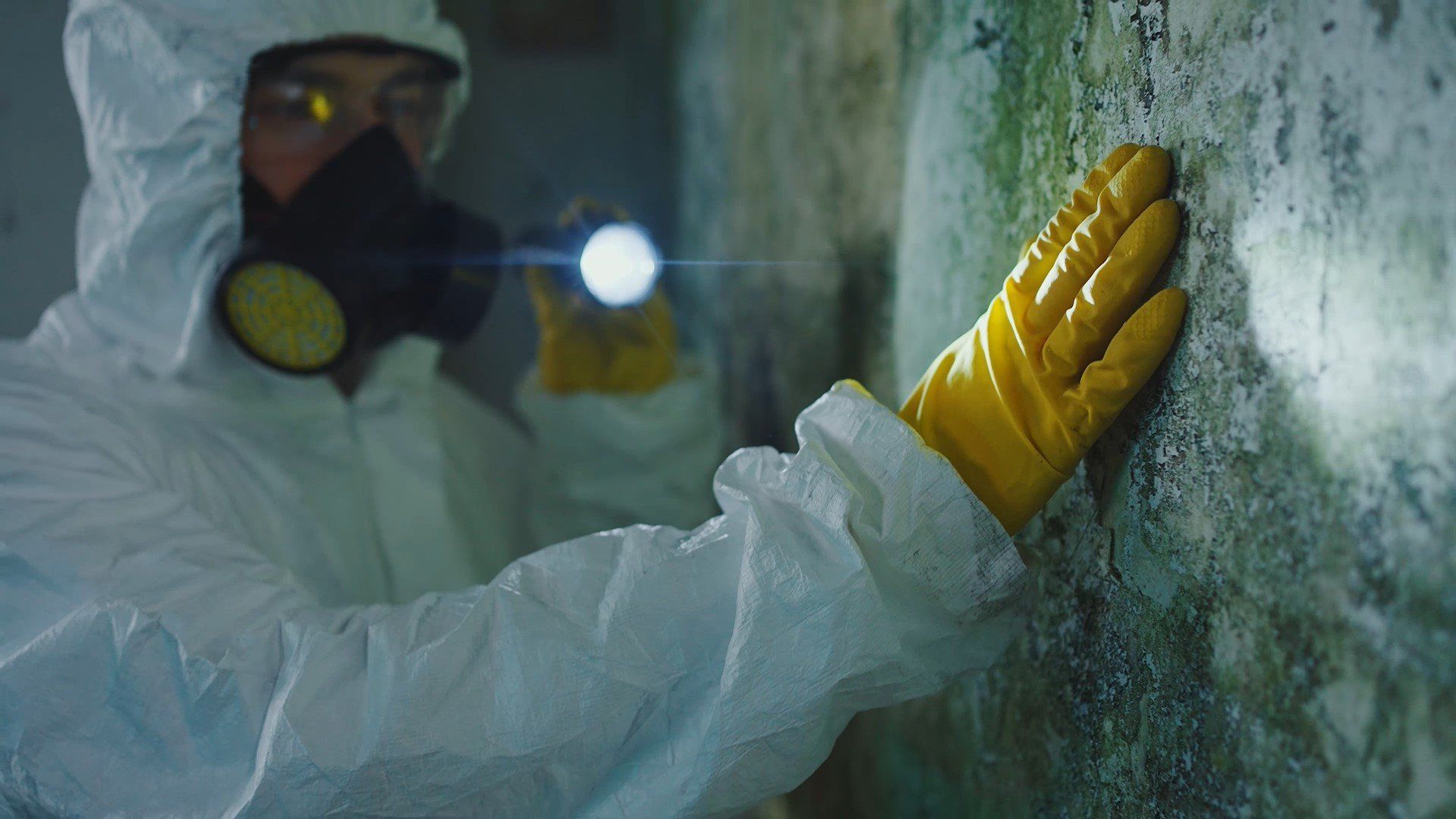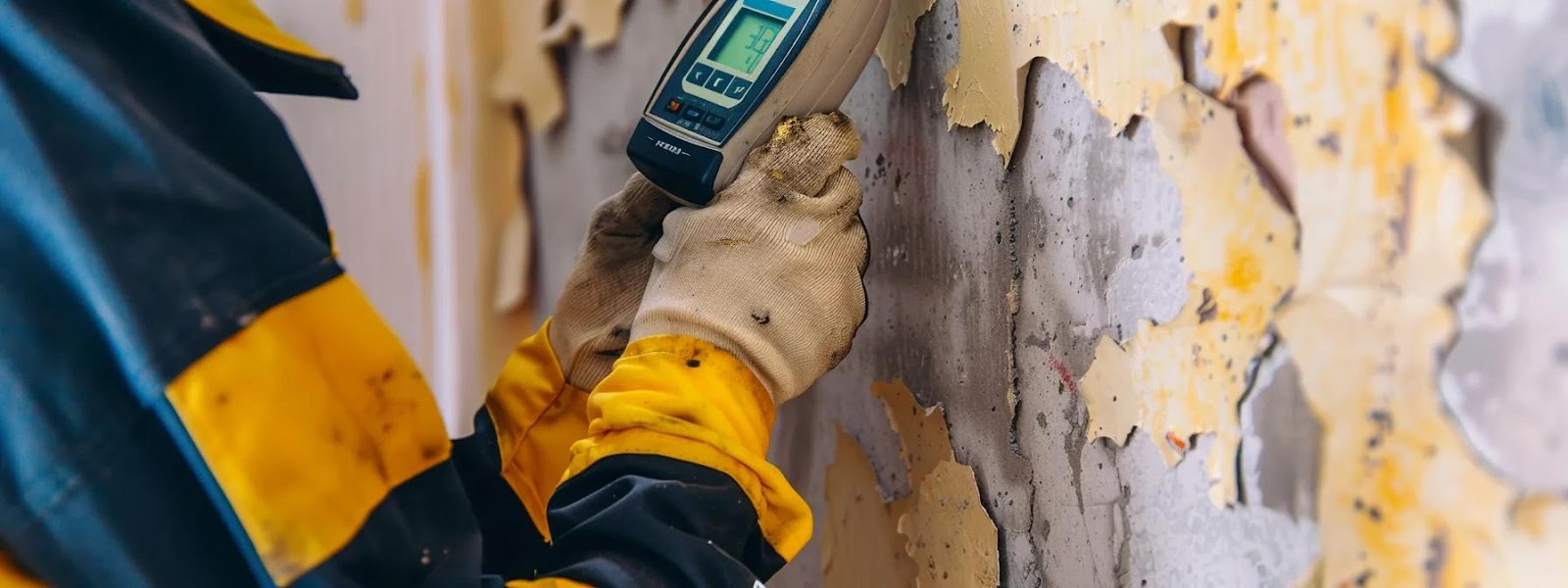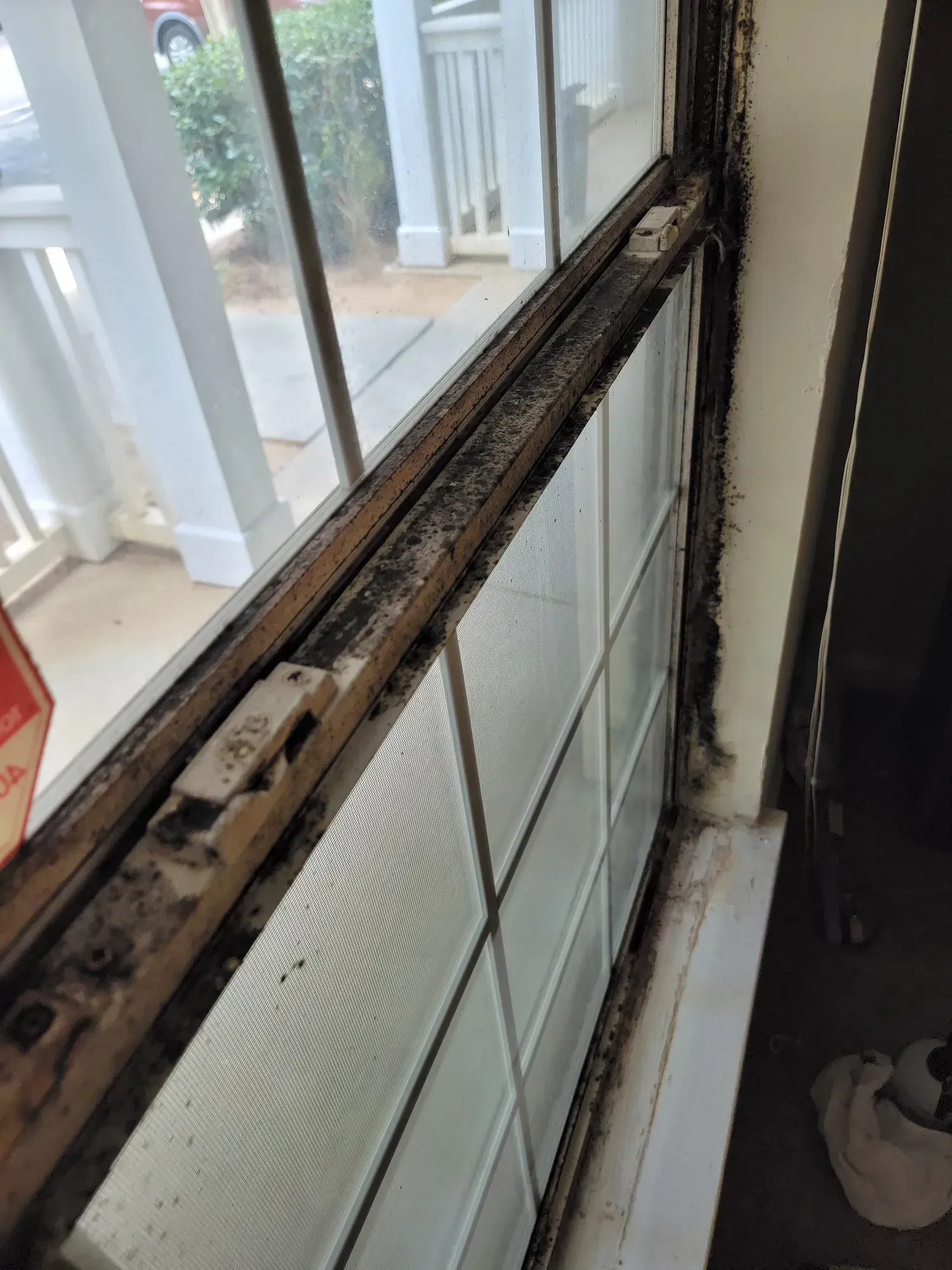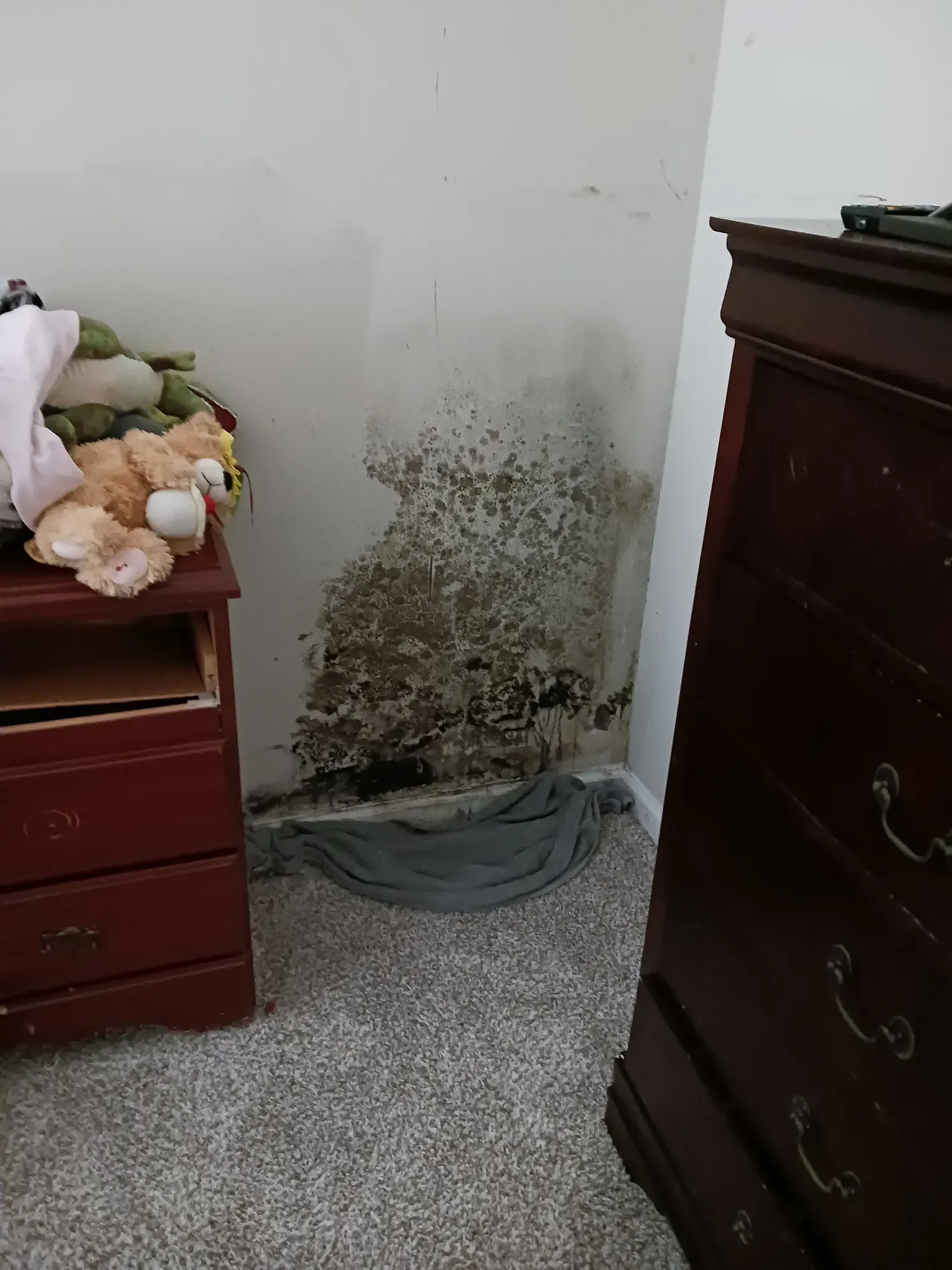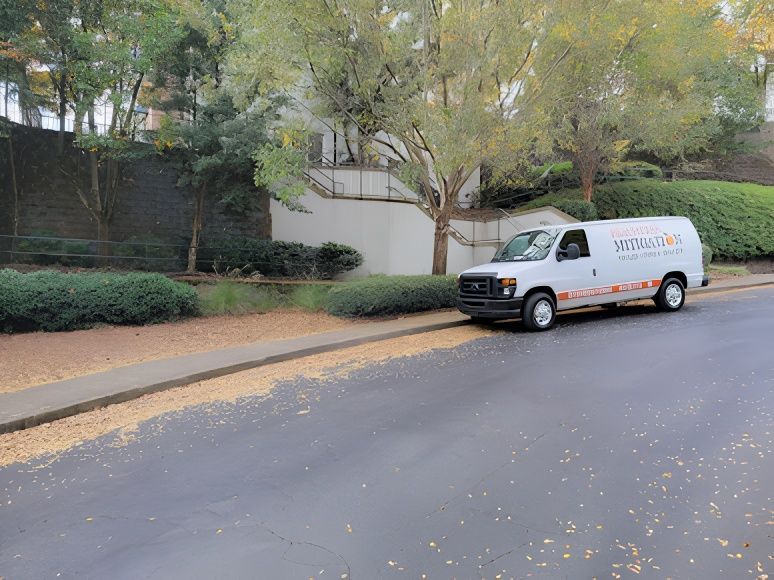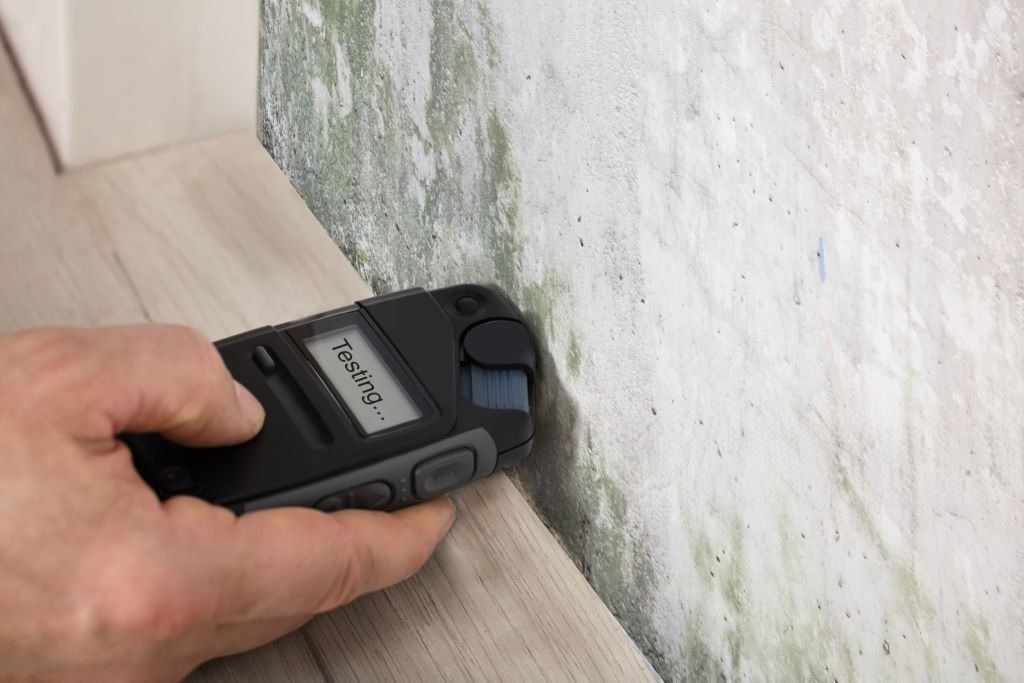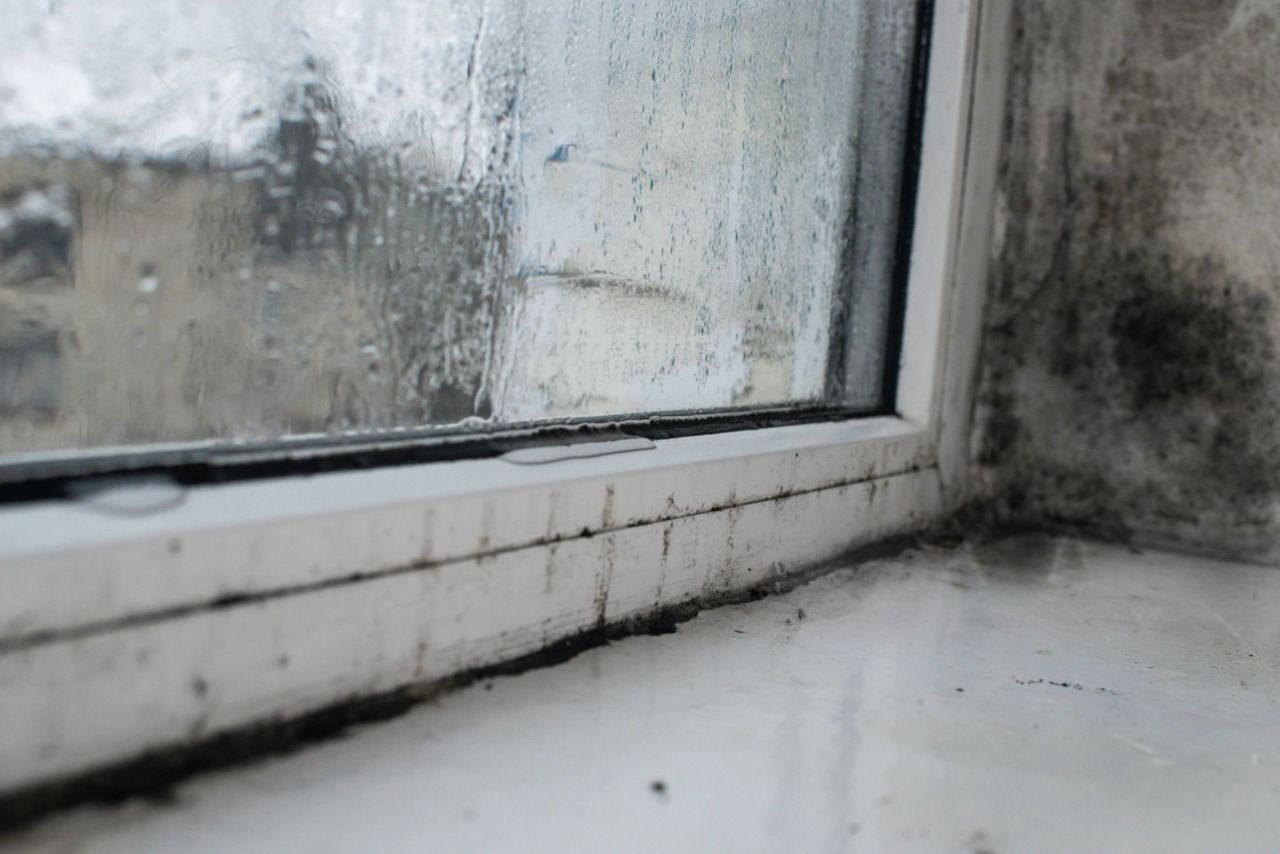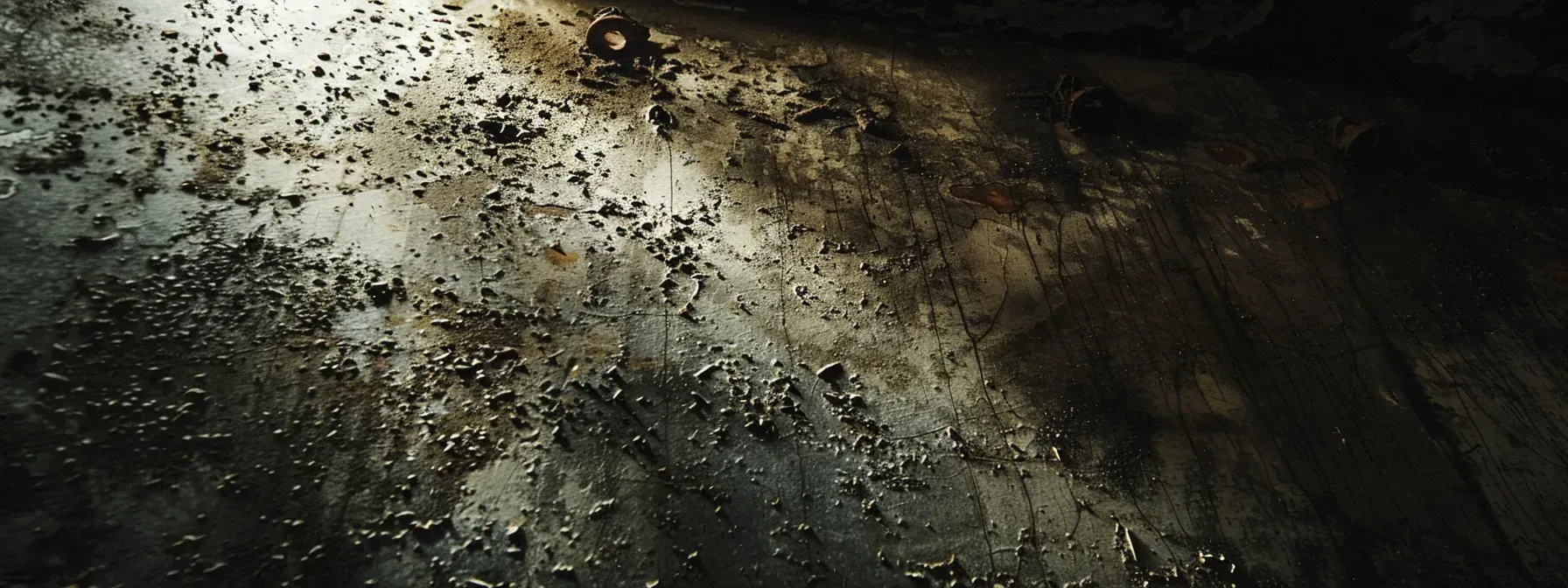The Mold Testing Checklist Every Homeowner Needs
Mold hides where you least expect it.
It sneaks into the air you breathe, the walls you touch, and the crawlspaces you rarely check. You want a safe home where your family can breathe freely and live without hidden hazards. In this post, you’ll get a complete checklist for mold testing before it becomes a serious problem.
If you read to the end, you’ll know exactly how to inspect, test, and decide when it’s time to call in help.
What Is Mold and Why Does It Matter?
Mold is a fungus that thrives in damp, dark areas. It spreads by releasing tiny spores into the air, and once it starts growing, it can spread quickly. Certain types of mold, like black mold (Stachybotrys chartarum), are linked to respiratory issues, especially in children and older adults.
According to the Centers for Disease Control and Prevention (CDC), mold exposure can lead to nasal stuffiness, throat irritation, coughing or wheezing, and skin irritation. People with mold allergies or immune-compromised conditions may suffer more severe reactions.
Common sources of indoor mold include:
- Leaky roofs or pipes
- Flooded basements
- Poor ventilation
- High humidity
How Do You Know If You Need Mold Testing?
Not all mold is visible. That’s why mold testing in Duluth is often the only way to confirm a problem. Here are signs to watch for:
- Musty odors in specific rooms
- Discoloration on walls or ceilings
- Worsening allergies indoors
- Water damage or past leaks
- Warped floors or peeling paint
What Does Mold Testing Involve?
Professional mold testing includes:
- Air sampling to measure spore concentration
- Surface sampling with swabs or tape lifts
- Bulk sampling of materials like insulation
The purpose is to confirm whether mold is present, what kind it is, and how much of it exists.
Your Step-by-Step Mold Testing Checklist
This checklist is designed to help you identify risk areas before mold spreads.
1. Inspect Damp Zones Weekly
Focus on high-risk areas:
- Under sinks
- Around toilets
- Near washing machines
- Inside basements and crawlspaces
Use a flashlight and check for discoloration, moisture, or smells. Don’t ignore even small spots.
2. Use a Moisture Meter
You can buy one at most hardware stores. Press the prongs into drywall, wood, or flooring. Readings over 15% could indicate excessive moisture. Mold thrives in wet conditions, so moisture is the first red flag.
3. Check Ventilation in Kitchens and Bathrooms
Humidity builds up fast where water is used regularly. Make sure exhaust fans are working and venting outside, not into the attic. You can test humidity with a hygrometer. Indoor humidity should stay between 30% and 50%, as recommended by the Environmental Protection Agency (EPA).
4. Examine Your Attic
Look for roof leaks, dark stains, wet insulation, or blocked vents. Mold often forms in corners and beneath sheathing.
5. Monitor Your HVAC System
Mold can grow in ductwork and AC units, then spread spores throughout your house. Have your system serviced annually. If you smell mildew when the system runs, have it inspected. According to the EPA, HVAC systems can be a major source of mold dispersion indoors.
6. Check Exterior Drainage
Walk around your home after it rains. Water should flow away from your foundation. If it pools near the structure, mold risk increases.
7. Review Past Water Damage Areas
If you had a leak, flood, or overflow, that’s a mold hotspot. Even if it looks dry, hidden mold may be growing behind walls or under floors. Have those areas tested during your next professional inspection.
8. Use At-Home Mold Test Kits With Caution
DIY kits are available, but many give vague or unreliable results. If a kit shows signs of mold, it’s best to follow up with a certified mold inspection.
When Should You Call a Professional?
If the mold covers more than 10 square feet, you need help. Also call if:
- You smell mold but can’t find it
- Someone in the home is experiencing unexplained health symptoms
- You’re buying or selling a house and need verification
Professional mold testing can save you from bigger problems later.
How Long Does Mold Testing Take?
Most inspections take 1 to 2 hours. Results can take 1 to 3 business days, depending on the lab. If results are positive, a remediation plan is usually next.
What Should You Do With the Results?
If mold is confirmed:
- Fix the moisture source (plumbing, roof, drainage)
- Remove affected materials if necessary
- Dehumidify the space
- Schedule mold remediation if needed
Avoid painting or covering over mold without removing it. That makes it harder to detect later.
Conclusion
This post gave you a clear plan to spot, test, and respond to mold concerns in your home. Mold doesn’t need an open invitation. It needs moisture, darkness, and time. You can stop it before it gets worse.
If you find signs of mold, don’t wait. Let Peachtree Mitigation help you get the answers you need. We offer certified inspections, accurate testing, and local remediation services right here in Duluth, Georgia.
Contact us today to schedule your mold inspection.


